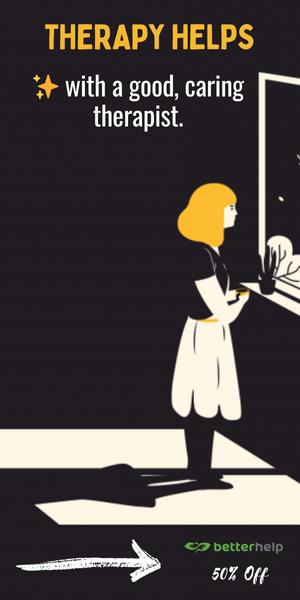Recently, my husband and I binge-watched the new Willow show on Disney +. As children of the 80s, we were excited for the new fantasy series. He liked the dwarves and the fight scenes, but I loved the character of Elora Danan—the true empress born to save the kingdom, whose identity had been hidden from everyone, including herself. Without giving anything away, her transformation from a modest and humble girl into Her Royal Highness the Sacred Princess Elora Danan was nothing short of exhilarating. As we watched Elora learn to use magic, gradually coming into her own power in order to slay dragons and stop the evil future, I was struck by something else.
This was not the Karate Kid or Sherlock Holmes of my childhood whose wise teachers trained them in repetitive chores and taught them that “emotion is your worst enemy.” Elora was not being taught to stay calm, to rise above her emotions, or to use her Zen-like focus to save the world. No. As Willow told her, “you doubt jealousy, pride, hunger. Accept those parts of yourself, because it’s the only way you’ll ever master them.” Elora was being taught to do magic by accepting and using her emotions: only if she learned to accept all parts of herself, to channel her deepest desires, jealousy, and even rage in to her wand, would her true power flow and defeat her enemies.
As a scholar of Asian religions, it struck me that Elora Danan is in many ways a modern Tantric practitioner. In fact, in the film, Danan is identified as being from the fictional Daikini species—very likely derived from the Sanskrit word dākinī, for a type of female spirit, goddess, or demon in Hinduism and Buddhism. In East Asian traditions, dakinis are depicted as a race of demonesses, associated with the goddess Kali (“the Dark Mother”), or the god Mahakala (“the great Black One”). Meanwhile, in Tantric literature, the dakini is associated with the saptadhātus, otherwise known as the seven elements of the human body, or the seven chakras. In this way, dakinis are linked with the path of transformation–the path whereby the energy of negative emotions (kleshas, or poisons) is quite literally transformed into the energy of enlightened awareness.
Right after watching Willow, I happened to check out best-selling author Elise Loehnen’s new book, On Our Best Behavior. Loehnen explains in her book how, in Western culture, the seven deadly sins—pride, greed, lust, envy, gluttony, wrath, and sloth—have been culturally programmed to be bad. Yet, she argues, by denying those parts of ourselves we actually shut ourselves down from exploring our own wants and needs. Flipping the idea of sin on its head, she suggests that recognizing and embracing these parts of ourselves is actually an act of emancipation, one of the most important things that we can do.
In fact, it seems to me that this path of emancipation is the very essence of Tantra–an esoteric tradition that developed on the Indian subcontinent in the sixth century–and it is showing up in our modern culture, practices, and spiritual ideas in complex and often subversive ways. In point of fact, many definitions of Tantra exist today. Although it is commonly associated with sacred sexuality, this is far from the diverse and complex understanding of what Tantra means historically to major Indian religions, including Hinduism, Buddhism, and Jainism.
While there is no single definition, Tantra is first and foremost an embodied spirituality. In Tantra, the body and its emotions and energies are not something to be rejected. Instead, the body and its emotions and energies are to be embraced, channeled, and ultimately transformed in service of the divine.
This is a big difference.
Once you discern this message, it begins to show up in whispers. In fact, it starts to scream. As women, we give our power away when we deny our body and its emotions and energies. We give our power away when we label our energy and emotions as good or bad. We give our power away when we allow others to tell us what we should and shouldn’t feel. We give our power away the moment we stop saying what we feel and instead start saying what we think we’re supposed to feel.
What if we started listening to our own voices? What if we started venerating our body, and all of its emotions and energies, whether seemingly good, bad, joyful, shameful? On one hand, female thought leaders today (from Elise Loehnen to Brene Brown to Glennon Doyle) are all trying to tell us that this journey is key to our own freedom and empowerment. On the other hand, esoteric traditions have been telling us this for centuries: It is only by embracing everything, including the deepest, most vulnerable parts of ourselves, that we come to be everything true and real. Maybe that is what it is to be a modern-day dakini.

 Share on bsky
Share on bsky




Read 2 comments and reply